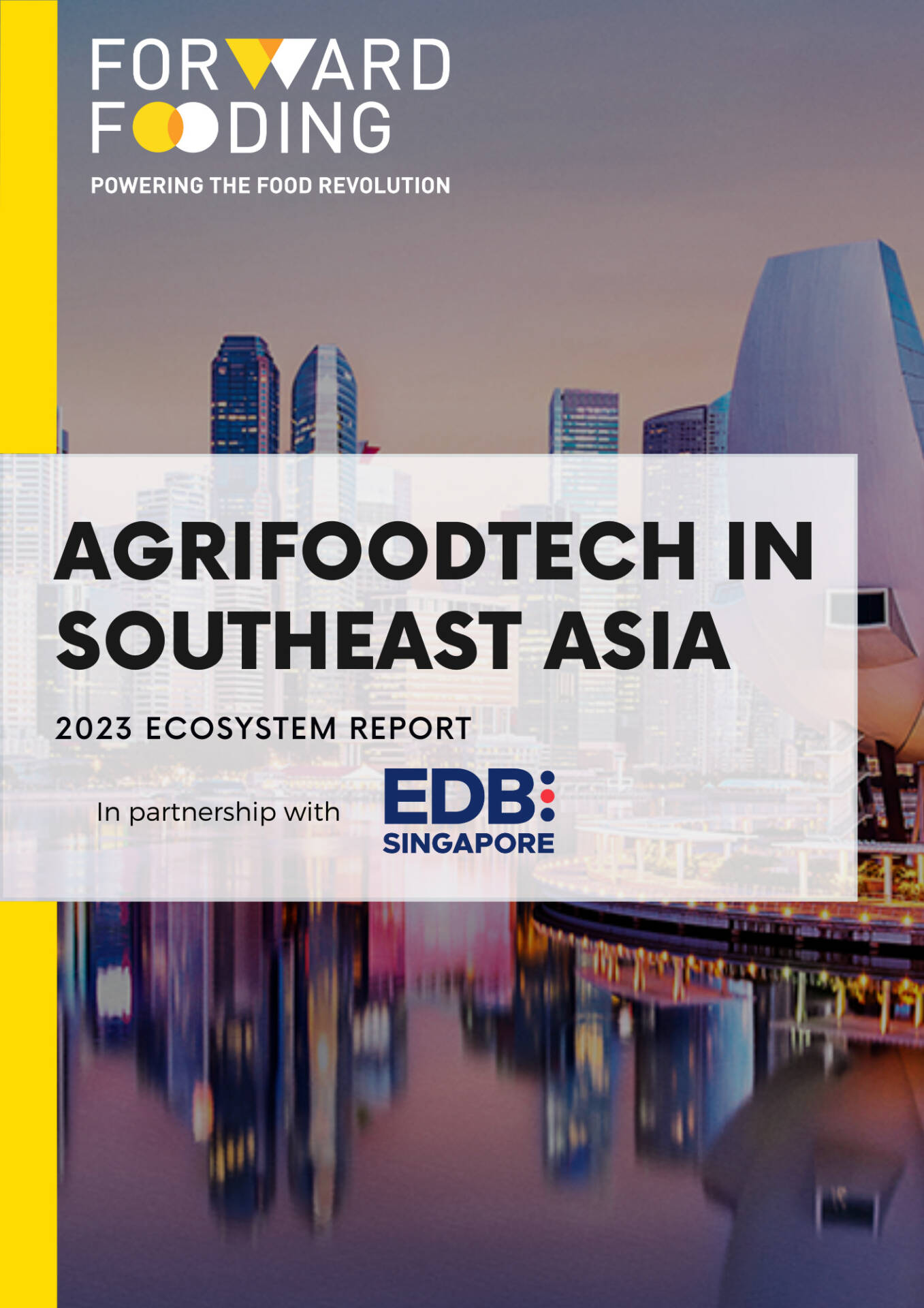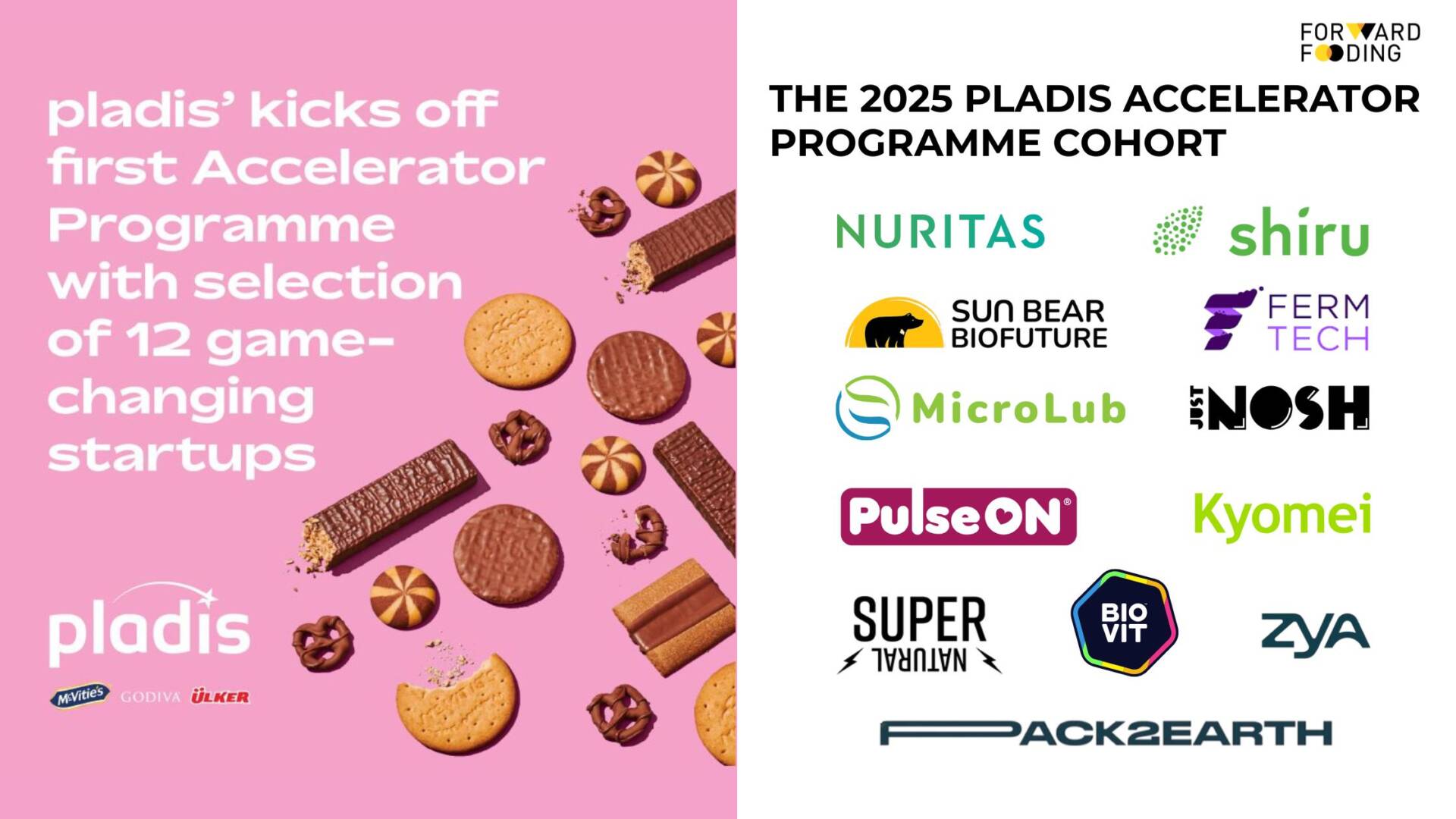FORWARD FOODING
THE BLOG
Vertical Farming: the Key to Sustainably Feeding 9 Billion People by 2050?

By 2050, we’ll need to produce 70% more food to feed over 9 billion mouths. Luckily, a wide range of vertical farming companies are developing innovative solutions to redefine production, expand urban agriculture and transform consumers into green-fingered growers.

By 2050, we’ll need to produce 70% more food to feed over 9 billion mouths. So it’s clear that we need to think differently about how we grow our food.
Thanks to technological advances and growing consumer interest in sustainability, vertical farming is developing into a promising solution. Innovative vertical farming companies are redefining production, bringing farms into cities and even transforming consumers into green-fingered growers.
We delved into our FoodTech Data Navigator to get to know some of the companies shaking up the future of farming.
The pioneers
Back in 2004, three men came together with a common mission. They wanted to use the power of food to bring communities together by converting warehouse spaces into new growing centres. Sixteen years later, their company – AeroFarms – has developed from a garage-based start-up to a pioneer of vertical farming. As well as bagging first place in the FoodTech500, they’ve been named one of the Fast Company’s World Changing Ideas for three years in a row.
In interviews earlier this year, co-founder Marc Oshima, shared how the team’s work has developed. After launching nine farms in the US, the company is now deploying their award-winning aeroponic technology in the world’s largest indoor vertical farm in Abu Dhabi. Roger Buelow, Aerofarms’ CTO, also explained how discussions with partners have helped to shape the strategic direction of the company. Far from being wary of competition, the team welcomes new market entrants as a sign that vertical farming is becoming a movement.

Growing the movement
One such market entrant is Bowery Farming, a company that secured third place in the FoodTech500. Since founding in 2015, they’ve opened farms in New Jersey and Maryland and now deliver to the whole Tri-State and Mid-Atlantic regions. Over the last five years, their concept has successfully raised over $172.5 million. Supporters include Temasek, GV, GGV Capital, First Round Capital and food thought leaders like Tom Colicchio and José Andres.
In a recent interview, the team explained how they are adapting throughout the COVID-19 pandemic. Their technology allowed them to quickly adjust supply to meet demand as panic buying set in March. This meant that they were even able to sign 140 new locations in April.
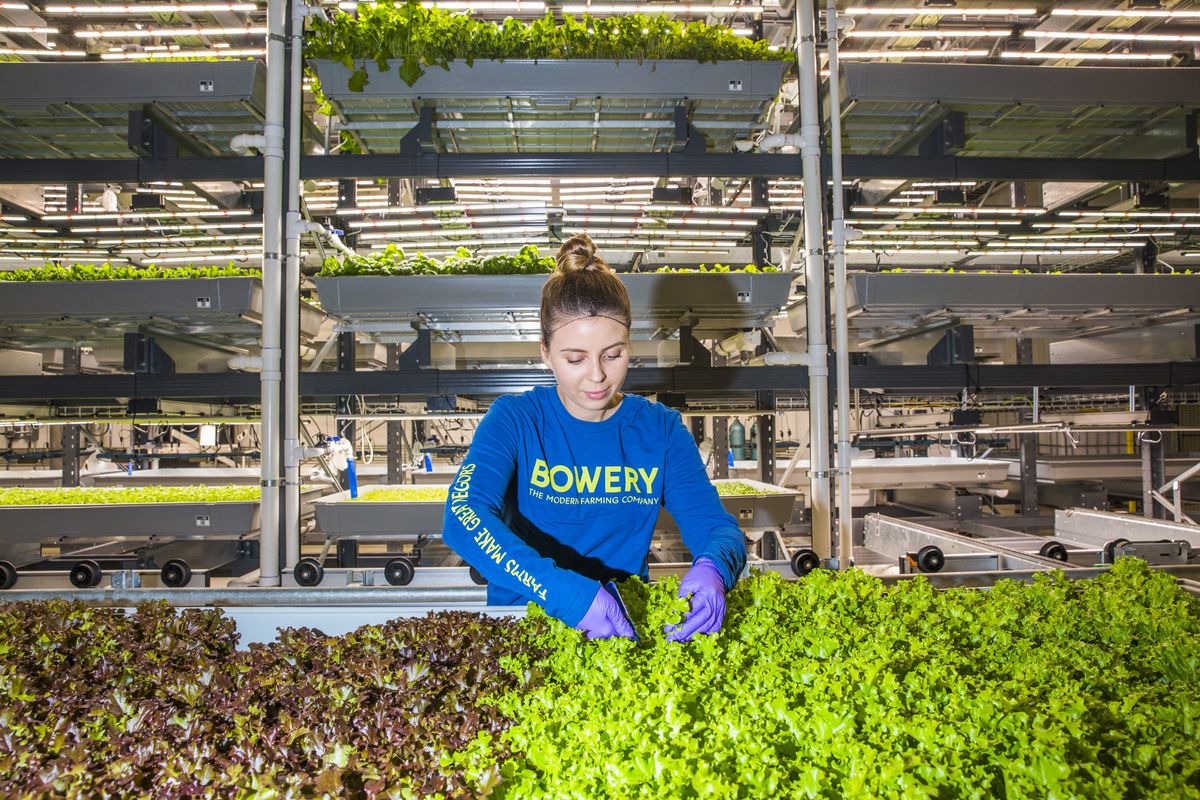
The team behind Vertical Future – another FoodTech 500 business, founded in 2016 – is also thinking big. They’ve made it their mission to improve the long-term health of the human race – one leaf at a time. Their vertical farming technology is one of the most advanced CEA systems in the world. And their focus on automation and precision has meant that they’re quickly becoming a market leader.
After raising $5 million in a seed round last year, the team are now looking to take the next step in their 10-year strategy. Opening two new “ethical Plant Factories” in London Fields and Mayfair will allow them to increase their crop output capacity 25-fold. They’re also working on twenty national and international pipeline projects in Canada, Europe, Africa and India.
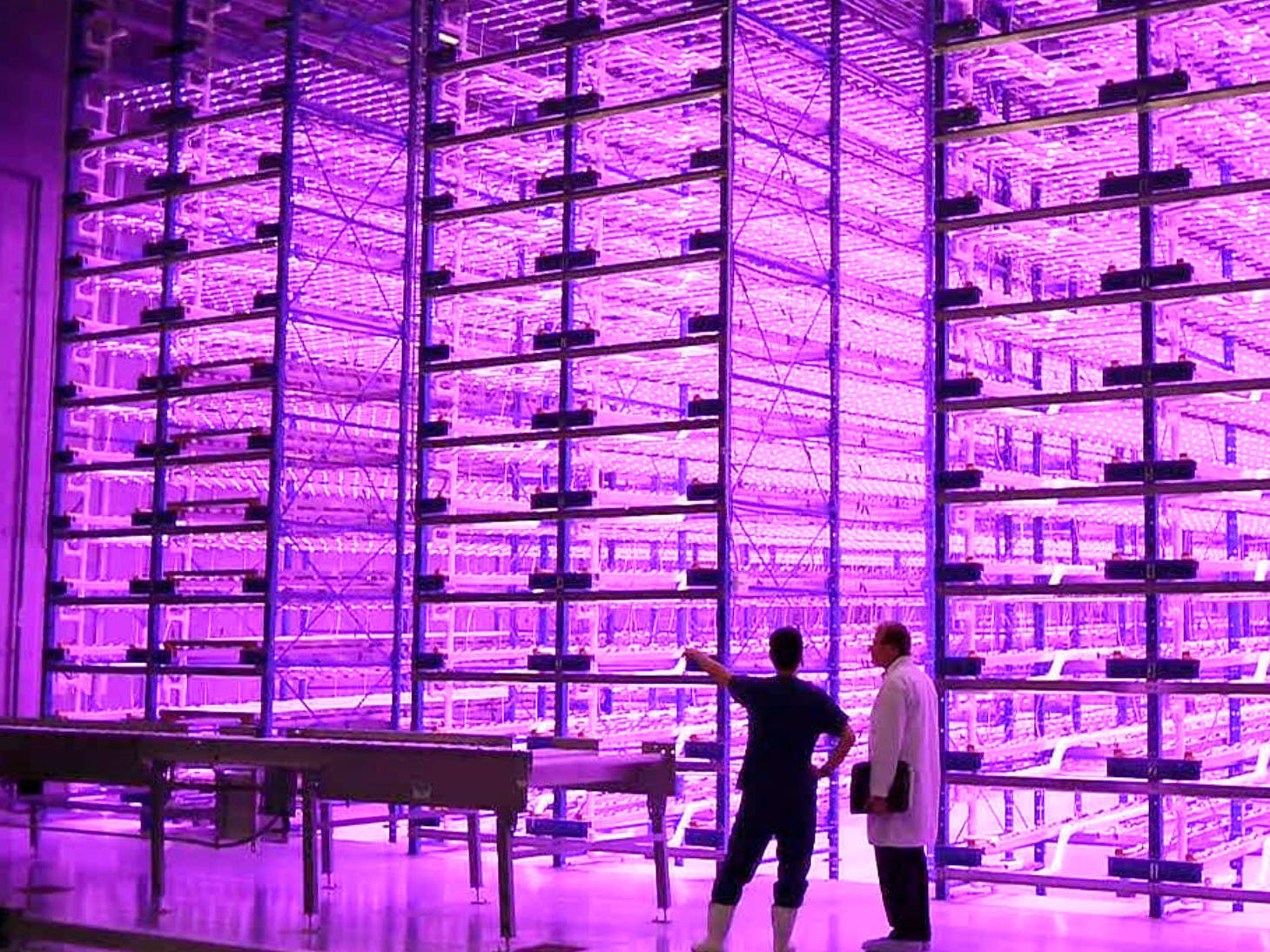
Transforming cities into farms
Berlin-based scale-up, Infarm, believes that the food we eat shouldn’t have travelled more than we have. So they provide solutions that allow retailers, like M&S, Aldi and Kroger, to grow their own produce in store.
The company regularly gathers over 50,000 data points to monitor plant growth. This information is then sent to their cloud-based platform that adjusts inputs accordingly to maximise taste, flavour and nutritional value. Infarm now operates at 400 locations across Europe and the US and plans to open more in the coming months.
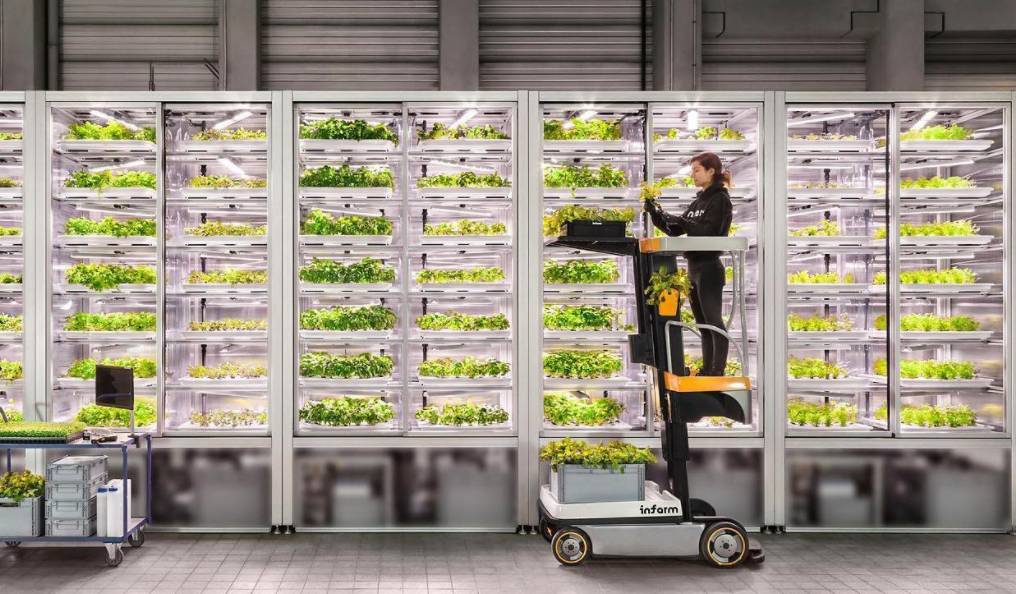
While Growing Underground – a London-based start-up – is taking a different approach. Using the latest hydroponic systems and LED technology, they’re growing microgreens and salad leaves in abandoned tunnels 33 metres below the streets of Clapham.
In a recent interview, co-founder Steven Dring told Forward Fooding that he wants to make our food supply chain more transparent and help consumers reconnect with their food. The company currently sells to wholesalers, restaurants and consumers through Farmdrop – but they’re planning to break into the retail market soon.
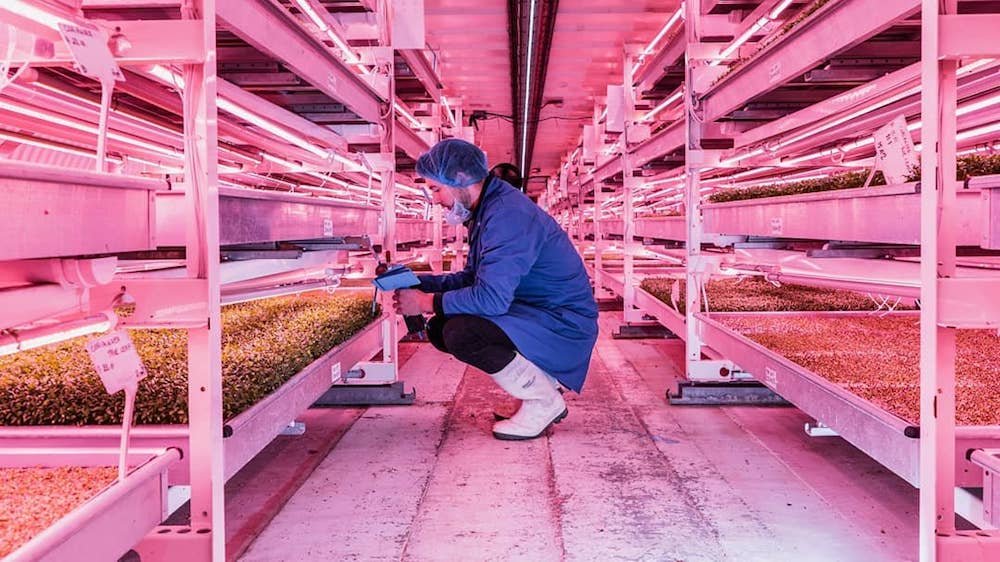
Vertical farming at home
Agrilution – another FoodTech 500 business – wants to take this approach a step further and bring vertical farming to our kitchens. In a recent chat, founder Max Lössl introduced their product, Plantcube. This smart indoor garden makes it easy for gardening newbies to grow their own lettuce, microgreens and herbs at home.
In December last year, Agrilution became a subsidiary of Miele. The team now stands to benefit from their in-house technical and marketing knowledge in their next phase of development. And experts claim that backing from this domestic appliances giant might just help indoor farming systems go mainstream.
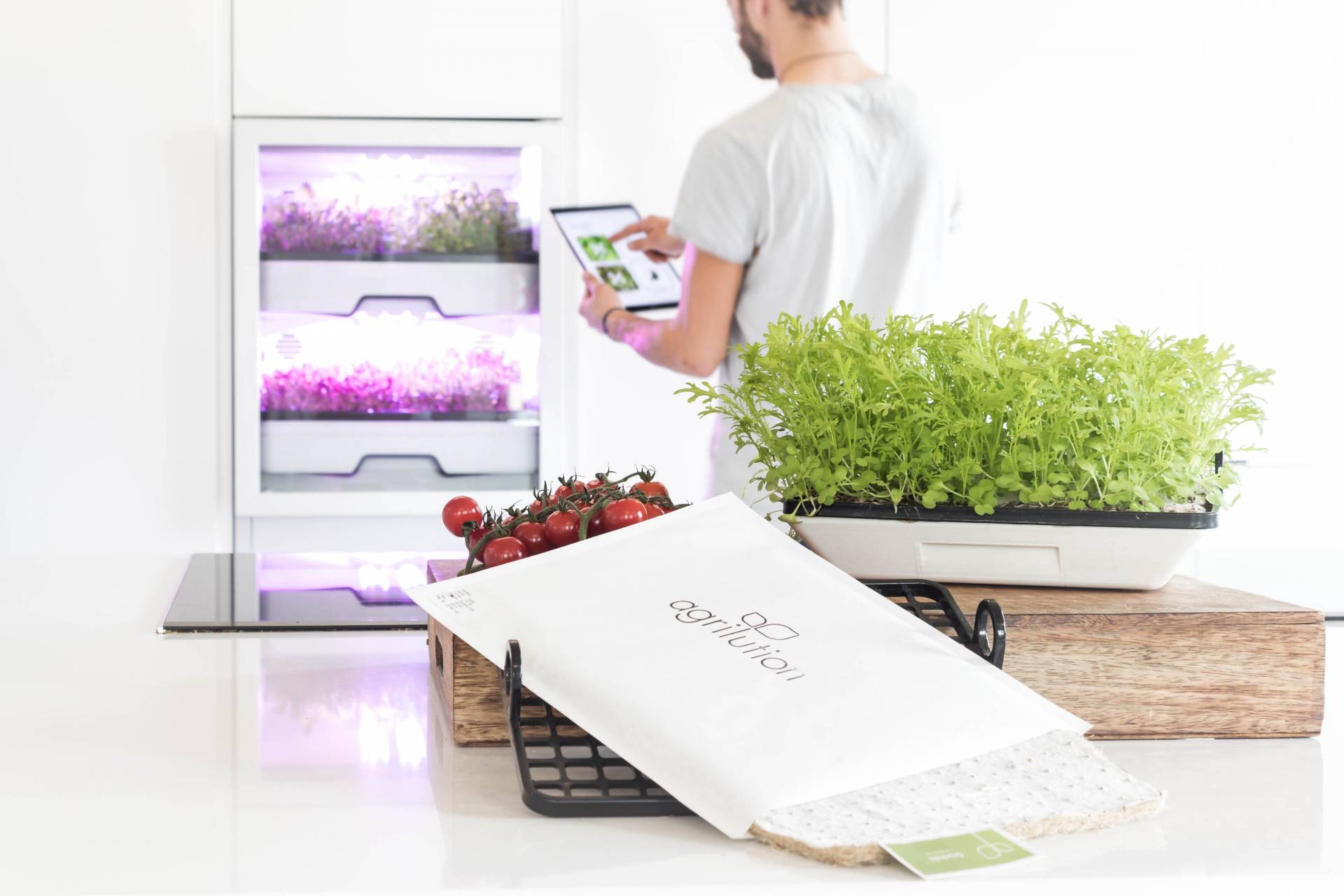
Meanwhile, start-up Lettuce Grow has an alternative solution. Their hydroponic technology – Farmstand – can deliver the same yields as a 40 square foot farm. Customers can choose from over 200 pre-sprouted greens, vegetables, fruit and herb varieties. And by investing only five minutes a week, they’re able to enjoy their own fresh produce in just three weeks.
Farmstand is also scalable and customisable. So if customers want to grow more food, they can simply stack their units and adapt their subscription to include a different range of plants. In this way, the company aims to enable their customers to grow at least 20% of their food at home.
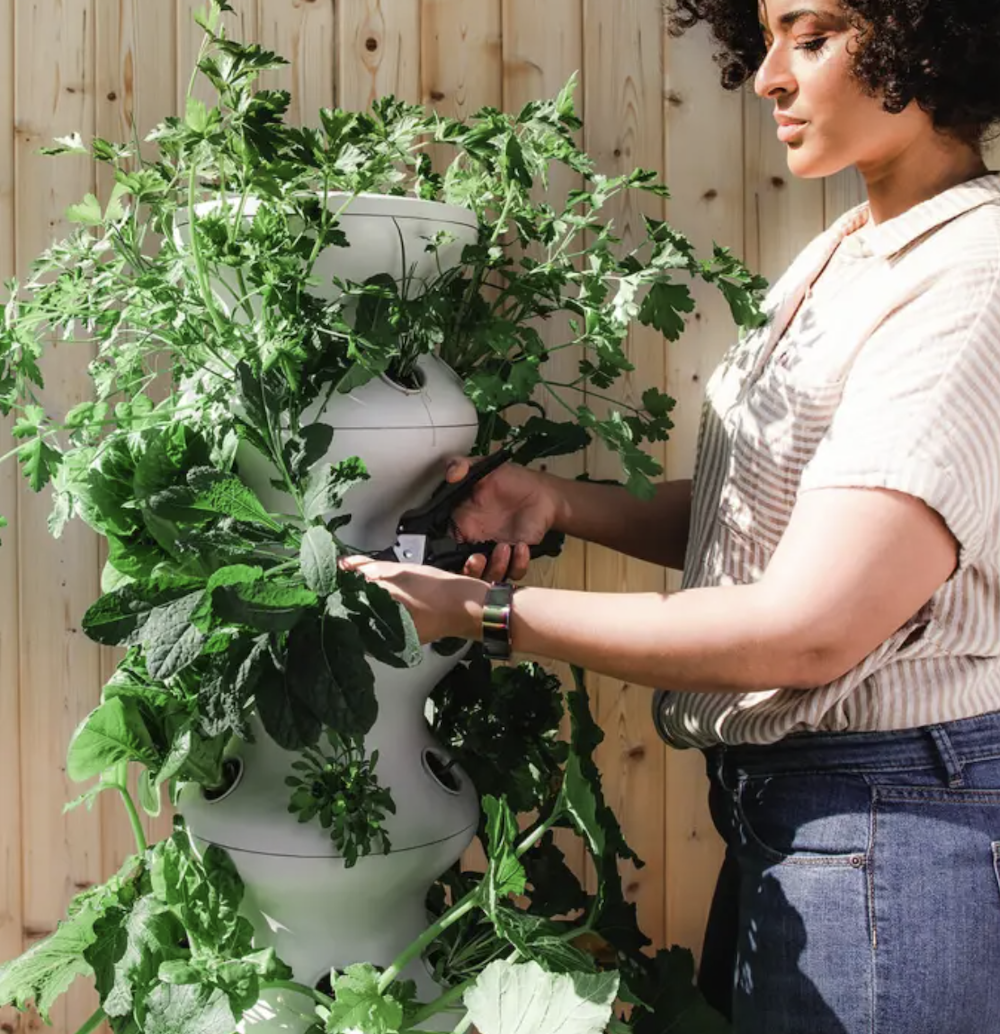
Challenges and opportunities
There’s no doubt that vertical farming is a highly promising approach when it comes to resource efficiency and agricultural resilience. Urban farming and kitchen-based solutions in particular provide perfect opportunities to help consumers reconnect with where their food comes from.
As with any innovative approaches, there are still a few hurdles to be jumped. Most vertical farming solutions remain focussed on a narrow range of products that grow quickly and have good profit margins. Switching to larger products still requires significant capital investment and more space. And this is something that can prove challenging for small and medium businesses in urban locations.
But as more big names get onboard and market leaders scale, it’s likely that interest in the retail and food service sector will grow. And if kitchen-based solutions can play into the COVID-19 driven home gardening trend, they may just see sales bloom in the months to come.
—
Interested in finding out more about how to integrate vertical farming into your supply chain or portfolio? Check out the latest media updates and investment news on the FoodTechData Navigator and subscribe to our YouTube channel for the latest founder interviews.
—
The FoodTech Data Navigator is the world’s first AgriFoodTech data intelligence platform. It brings together the latest information about over 5000 AgriFood Tech actors in one place. So you can quickly and easily keep on top of the latest innovations, spot emerging start-ups and explore potential collaborations.
Book a free demo or get your start-up featured
—
Follow us
Sponsored Articles
9 July 2025
Forward Fooding celebrates the selection of 12 pioneering startups for the inaugural pladis Accelerator Programme. From water lily popcorn to sugar-converting enzymes, these innovations represent the future of snacking, addressing obesity, sustainability, and personalized nutrition through cutting-edge food technology.
21 March 2025
Tim Ingmire, VP of Global Innovation & Technology at pladis, discusses how the snacking giant is supporting early-stage startups in foodtech, health, and sustainability through their accelerator program. Learn about their focus on personalized nutrition, functional foods, and future ingredients to bring innovative, delicious products to consumers worldwide.
8 February 2024
Future Food-Tech returns to San Francisco on March 21-22 Over 1,700 food-tech leaders, from CPG brands, retailers, ingredient providers, [...]
1 February 2023
The 4th edition of FoodTech 500 is taking off and we are excited to partner with NEOM for the third consecutive year to support the best international AgriFoodTech entrepreneurs.
10 February 2022
One of the elements we enjoy the most here at Forward Fooding about working with AgriFoodTech startups is being [...]
